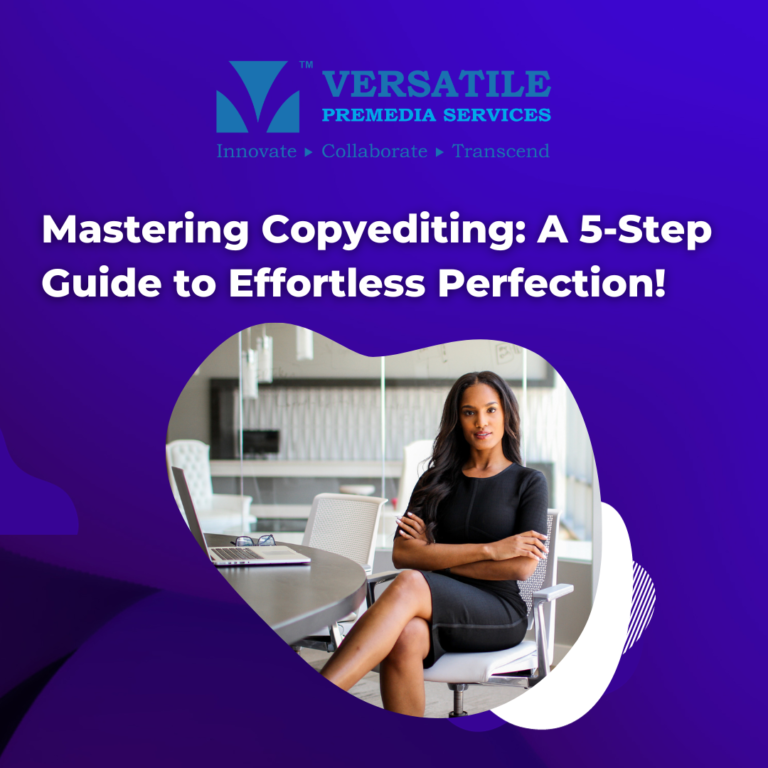Creative ideas and thoughts are required to capture the reader’s interest in the books. The simple transcribing of thoughts of the authors’ mind to books does not serve the purpose. Copy editing of fictional and non-fictional publications are done to make the raw content turn into a complete and sensible work ready for typesetting. A copy editor ensures that the content is accurate for the readers, easy to follow, error free and is fitting in its publishing purpose. During copy editing embarrassing mistakes, ambiguities, anomalies, inconsistency and repetitions are picked out to make the content consistent. Copy editing involves three stages of process.
PROCESSING STAGE
The preprocessing stage is a mechanical phase where editors clean up the manuscripts and remove the excess content. The files are edited for errors like double spaces, double hyphens, modify underline to italics, eliminate extra paragraph returns, punctuation, superscripts reference numbers, and so on. This is the ideal stage for the macros and editors to clean the files for routinely occurring errors. There are commercial tools for processing the manuscripts like, EditTools and Editorium macros, making the content ready for the copy editing stage.
COPY EDITING STAGE
Copy editing for fiction and non-fictional publications ensure that the content is complete with related topics and sub titles, whether the illustrations are matching with the main theme of the work, and check for the presence of captions and references. In fiction publications, the copy editors work is to check for the characters names and their appearances is same along the story line and monitor the lead of the story. In non-fictional publications the copy editors query doubtful facts, weak arguments and plot holes. The modifications made are noted by the editors and sent to the authors for permission before the editing is done.
PROOF READING STAGE
The author goes through the suggestions made and approves the required changes to be made to the main content. The copy editors then again edit the content with the necessary changes and the sample copy of the manuscript is printed for the proof reading process by the various publishers and other editing team for final corrections. The proof readers are allowed to give suggestions on the modifications to be made but will be edited only on the approval of the author. The author is not allowed to make major changes in the content during this stage.
The copy editing of fictional and non-fictional publication provides the content a consistent and formal outlook for the author’s works. The copy editors ensure that the ideas and writers’ wishes are portrayed in their own words with clear and impressive way to attain the readers’ interest on the content.



